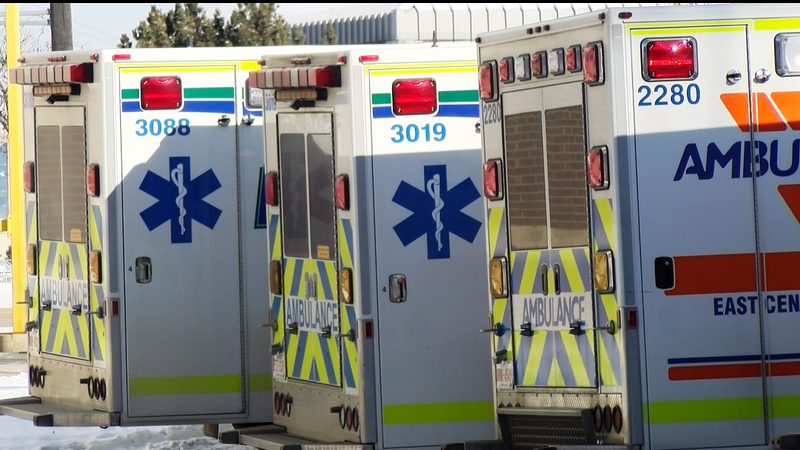
Province announces EMS to move from AHS to Acute Care Alberta
Alberta’s Emergency Medical Services (EMS) will transition to Acute Care Alberta beginning on April 1, marking another step forward in the province’s health care refocusing initiative.
The provincial government says it has been working on the refocused health care system since Nov. 2023, and have made significant progress.
At the beginning of April, AHS EMS will move from the health authority to a service delivery provider under the new agency, Acute Care Alberta.
The move, the province says, is meant to provide better overall care to Albertans. In addition to transitioning AHS emergency health services to Acute Care Alberta, they’ll also invest more into EMS and form a shared services entity to support provincial health agencies.

